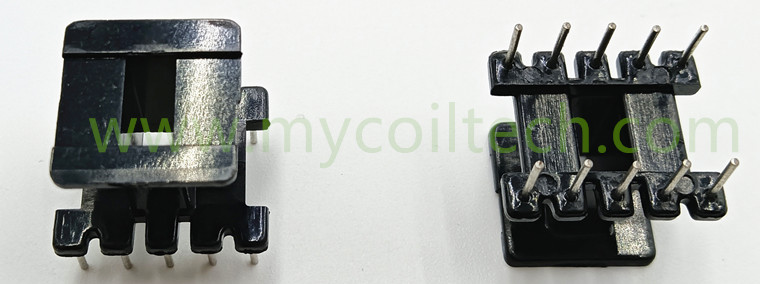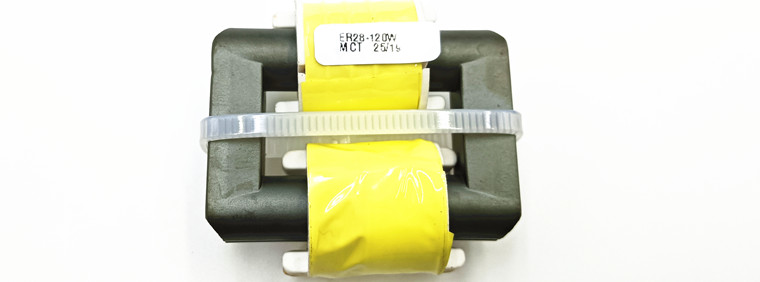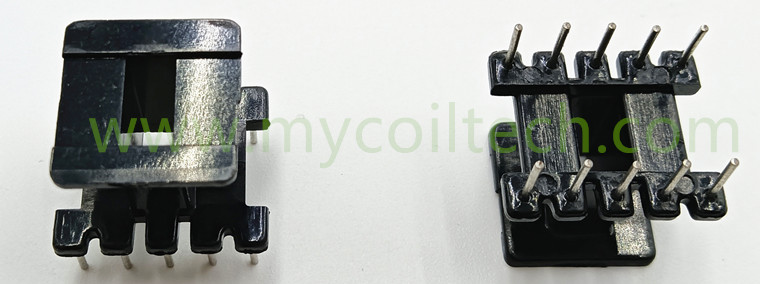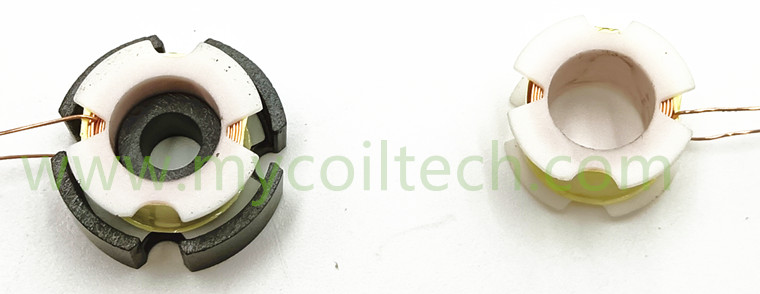Laser Maintenance Strategies for Optimal Performance and Longevity
Laser devices are integral components across various industries, supporting critical applications in research, manufacturing, medical procedures, and communications. To ensure these lasers operate at peak performance levels and longevity, proactive maintenance and repair measures are essential. This article explores the significance of laser maintenance, common issues faced, and strategies to uphold the efficiency and reliability of laser systems.
Common Laser Issues:
a. Power Fluctuations: Laser systems may exhibit power fluctuations due to factors like aging components, contamination, or unstable power supplies, impacting performance consistency.
b. Optical Misalignment: Misalignment of optical components can degrade beam quality and accuracy, affecting the laser's overall functionality.
c. Cooling System Problems: Efficient cooling is vital for laser operation. Issues like coolant leaks, pump failures, or clogged cooling channels can lead to overheating and decreased performance.
d. Worn-out Components: Laser components such as mirrors, lenses, or crystals may degrade over time, impacting beam quality and power output.
Laser Maintenance Strategies:
a. Regular Cleaning: Routine cleaning of optical components and the laser cavity helps prevent contamination buildup, ensuring consistent performance.
b. Calibration Checks: Periodic calibration and alignment checks maintain optical precision, beam quality, and system accuracy.
c. Cooling System Maintenance: Monitoring and servicing the cooling system prevent overheating issues, ensuring stable laser performance.
d. Component Inspection and Replacement: Regular inspection and timely replacement of worn-out components sustain optimal laser functionality.
e. Firmware and Software Updates: Installing the latest firmware and software updates can enhance laser system performance and address potential vulnerabilities.
Professional Laser Repair Services:
a. Expert Diagnosis: Trained technicians conduct thorough diagnostics to identify underlying issues and recommend tailored repair solutions.
b. Precision Repairs: Skilled professionals employ specialized tools and techniques to perform intricate repairs on laser systems, ensuring accuracy and reliability.
c. Compliance with Safety Standards: Adherence to safety protocols during repairs protects both the technicians and the integrity of the laser system.
d. Post-Repair Testing: Rigorous testing post-repair validates the efficacy of the maintenance procedures, guaranteeing optimal performance restoration.
Proactive maintenance and timely repair interventions are crucial for preserving the efficiency, reliability, and longevity of laser systems. By addressing common issues through regular cleaning, calibration checks, and timely component replacements, industries can sustain peak laser performance. Leveraging professional repair services with expertise in diagnostic analysis, precision repairs, and safety compliance further ensures the seamless operation of laser devices across diverse applications. Prioritizing laser maintenance not only enhances system performance but also optimizes operational efficiency and facilitates the continued innovation and advancement in laser technology domains.

















